The arctic blast that blanketed the United States has hit Texas particularly hard. Being a warm state, Texas doesn’t see much cold weather.
Yet this particular cold front has broken all records, with below-freezing weather for five days in a row. That sudden cold spell has caused cascading problems, starting with power outages. Being a citizen of Texas, I had a front-row seat.
Power outages during extreme weather events are not uncommon. Our aging electrical grid is hit the hardest by any severe weather, from ice to wind. Power companies nationwide are well-versed in emergency repairs, trying to get the power back on for people. Even so, the incidence of major power outages has been on the increase for over a decade, with weather events being the leading cause of those outages.
In this particular freeze, roughly 5.4 million people lost power, with some 4.3 million of those people being in Texas, mostly in the major population centers. But why was the Lone Star state hit so hard? People are hard at work, finger-pointing, but there’s nothing to point fingers at in reality.
When systems are designed, and plans are made, risk factors are taken into account. Those risk factors drive a wide range of design decisions, such as what temperatures equipment has to be designed to work in. That is a necessary cost containment method. Building any particular capacity for resilience into a system or structure adds cost, whether it can withstand wind, earthquake, or cold. So, extremes that are unlikely to happen are ignored, making it so that the farther any particular event falls outside the design envelope, the greater the possibility that it will cause problems.
In this case, the weather that the polar vortex brought to Texas was a once-in-a-century event. The electrical infrastructure wasn’t designed for it, leading to a large number of cascading failures. Interestingly, the failures did cascade, showing us what might happen in an even bigger grid-related disaster. Let’s follow this through.
Rough Order of Events
To start with, Texas is leading the nation in wind power, with roughly 20% of all Texas electricity coming from wind. The decision was made to decommission some older, less environmentally friendly power plants to meet federal regulations.
At the same time this trend towards wind power was going on, the board of ERCOT (Electric Reliability Council of Texas) decided to reduce the amount of energy reserve capacity in the state, as part of the effort to increase the percentage of renewable energy. The reasoning was that the state could always buy energy from the surrounding states, should there be a need for extra.
In addition to moving more towards wind energy, the other significant change in the Texas grid was a vast increase of natural gas power plants. Now, roughly 48% of the state’s power comes from those plants, which are preferred because they are extremely clean burning.
Before the cold front hit, many power generating plants were pulled offline for maintenance. This is a regular occurrence, but the timing was unfortunate this time, as the lowering temperatures caused people to use more energy to heat their homes. The margin between capacity and consumption became razor-thin.
Then the cold hit, bringing freezing rain. One of the first casualties of the cold was wind turbines. The freezing rain built up on the wind turbines’ blades in West Texas, throwing those units out of balance. To avoid the destruction of the turbines, they switched off automatically. This happened to roughly half the total wind turbines, reducing the state’s total power production by 10%.
Wind turbines in colder climates are manufactured with built-in de-icing capability, much like airliners are. But this measure is not included in those installed in Texas because of the low likelihood of freezing on the turbines’ blades.
While this was going on, natural gas consumption increased as people tried to keep their homes warm. HVAC systems in Texas have a smaller heating capacity than those installed in homes farther north, as heating of any sort is rarely needed. So the furnaces in most homes were running 24/7 for at least the first four days. It was four days before mine turned off for the first time, which was only for about an hour.
This massive increase in natural gas use was coupled with freezing in the lines (yes, natural gas lines can freeze, both from water in the lines and from hydrates). This didn’t entirely block the lines, but it did restrict flow. That led to some natural gas power plants having a reduced output and others shutting down. This may have been exacerbated by instrumentation in power plants freezing up. Again, the instrumentation is not protected against extreme cold due to the rarity of that cold.
Early on in the crisis, ERCOT reacted to the entire Texas power grid’s potential loss in the usually accepted way of instituting rolling blackouts. This did not help some state areas where blackouts were already occurring, but it did prevent the entire grid from going down. If they had waited a few minutes more to initiate those rolling blackouts, the damage would have taken months to repair.
Somehow, the location of gas pumping stations and power plants was overlooked in instituting the rolling blackouts. So in some cases, the natural gas flow stopped due to the lack of electrical power. That, in turn, caused more natural gas power plants to shut down, increasing the problem. Those power plants take time to bring back online once they’ve shut down.
So, why didn’t ERCOT buy electricity from the surrounding states, as the plan called for? I haven’t seen anything definitive yet, but I would guess that since freezing cold was affecting the entire country, nobody had the excess capacity to buy from. Electric utilities were probably all producing at max, just trying to keep up with the increased need.
Up to this point, the cascading had only been in the electrical grid; but it didn’t stay there.
The next victim of all this was municipal water throughout the state. As with the power plants, water purification plants were not built to withstand several days of sub-freezing temperatures, not even in the northern part of the state.
Municipal water authorities were faced with two problems simultaneously: low to no electricity and freezing temperatures. By regulation, they must have backup power and redundant backup power to ensure that they can provide water when and if the power goes out.
But that didn’t help in the city I live in. When the water purification plant didn’t receive the power it needed, the generators kicked on automatically. But all four generators quickly shut down. They’re diesel generators, and I’m guessing the diesel fuel wasn’t adequately treated for the cold. Diesel is temperature-sensitive, and at about freezing temperatures, the paraffin in the diesel starts to solidify, making it cloudy. I wouldn’t be surprised if, when they pull the injectors, they find that they’re clogged with paraffin.
Water lines in Texas aren’t buried anywhere near as deep as they are in the northern states. It’s not unusual to find local building codes requiring water lines to be installed six feet below ground level in the far north, but they are generally two feet below the surface in Texas. So the extreme cold brought the frost line down to below the water lines, causing pipes to break across the state. Many homes, businesses, and commercial facilities had their water lines break and city distribution lines.
The city where I live had a 30,000 gallon per minute break, which took over four days to find. A building belonging to our neighborhood hospital had its main water inlet break, spilling hundreds of gallons of water on the ground before I found it (I just happened to be the first one to see it). The pipes in a home I’m trying to buy froze and broke, even though the faucets were left on at a trickle.
Water across the state was running at a trickle or less. The entire state instituted a water boil order because the water pressure was low enough. They couldn’t be sure that nothing was leaking into the lines. Grocery stores and other outlets sold out of water on the second day.
Buying water probably brought on the next phase of the cascade, as grocery stores emptied, just like they did in the early days of the COVID Pandemic. Some stores had lines going around the block, with people waiting in the cold to get in as social distancing rules limited the number of shoppers allowed in the stores. Gas stations hung out signs saying they were out of gas.
The entire state went from normal to no power, no water, and no food in days. If this had been a long-term event, such as would have happened had ERCOT not instituted rolling blackouts, then the results would have been catastrophic.
Time for the Blame Game
As typically happens in situations like this, it took a lot less time for the blame game to start than it did for those working on the problem, even to begin implementing solutions. Some were pointing fingers for political reasons, while others were doing so because they wanted someone to blame for their problems. In either case, the people who were doing the blaming would have been better served using all that hot air to heat their homes.
In reality, the only one to point fingers at is the weather. We haven’t had a freeze like this in Texas in the last 100 years. So it’s not surprising that our infrastructure isn’t designed to withstand it. Spending the money to build that into our systems would be about as useful as buying snowplows, something else we don’t have in Texas.
The people who are complaining to our government and ERCOT forget that it’s expensive to design and build systems hardened against any possible disaster. The engineers designing these systems and the companies that own them have to take financial practicalities into account. It’s a tricky balancing act between avoiding the cost of lost service and spending too much money on building capacities that may never be used. Invariably, it’s a no-win game.
We Americans have gotten spoiled. We are so accustomed to everything being there that our first reaction is to complain when things don’t work the way we think they should. But the truth of the matter is, they never will, not entirely. There will always be things that happen because we can’t effectively plan for every possible contingency.
Prepare for Cascading Events
As a case study, this has been incredibly useful. One thing it has shown exceptionally clearly is how events cascade, turning one problem into several. The same thing happened in the early days of the COVID-19 pandemic, although those were mainly supply-related. Still, just knowing how they can and will cascade in a crisis helps us with our planning and preparation.
But this isn’t just limited to major events. Natural disasters can cause cascading failures as well. Hurricanes tend to bring power outages and water shortages as well. At the same time, price gouging exists because there’s generally a shortage of supplies. Just look at Puerto Rico and what happened there after the double-whammy of Hurricanes Irma and Maria.
It seems eminently clear at this point that any major event is going to come complete with these cascading effects. Therefore, we must plan for them to happen, not allowing ourselves to isolate any disaster as only one-dimensional.
Those who are using a TEOTWAWKI event, such as an EMP, as the basic outline for their preps are doing it right. While we may never see that EMP, we can expect to see multiple things go wrong simultaneously. Building our prepping plans and stockpiles to take multiple outages at the same time only makes sense.


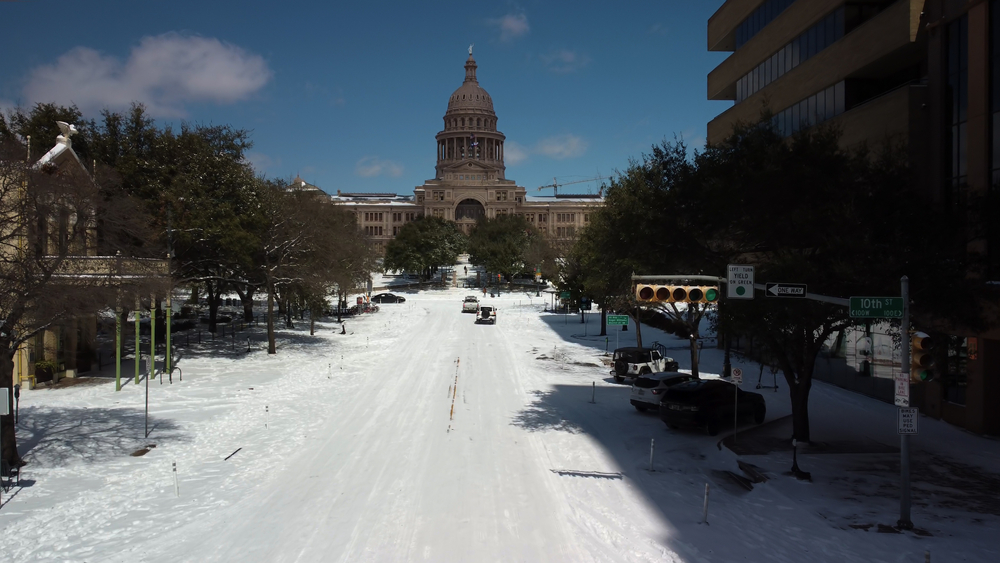

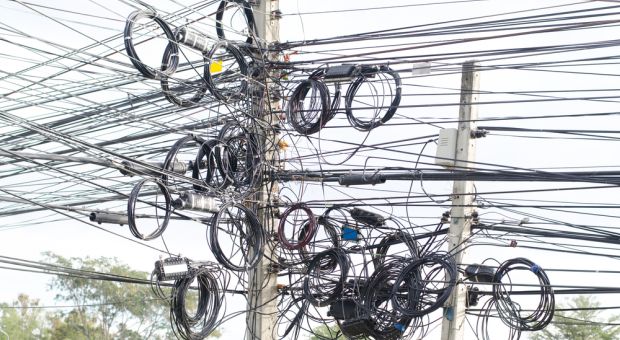

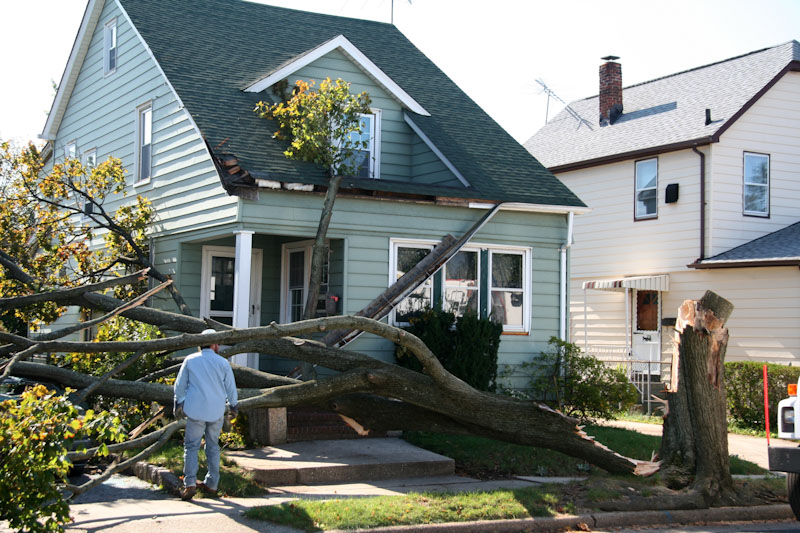
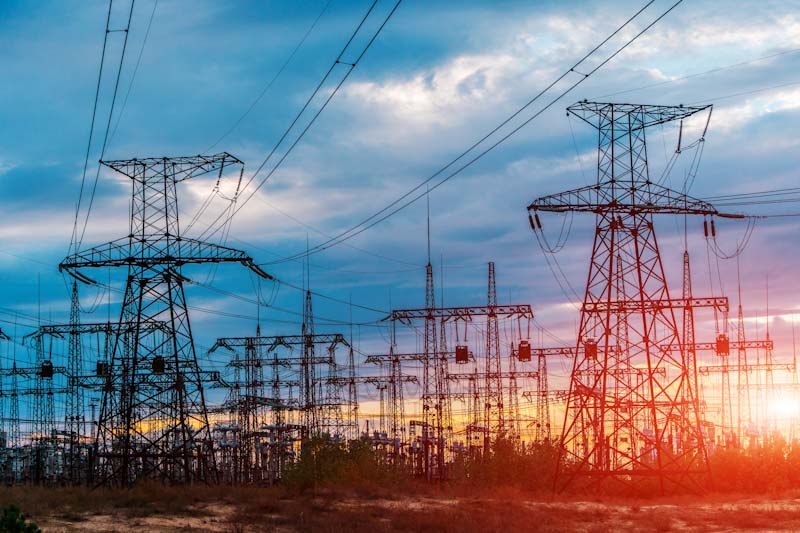
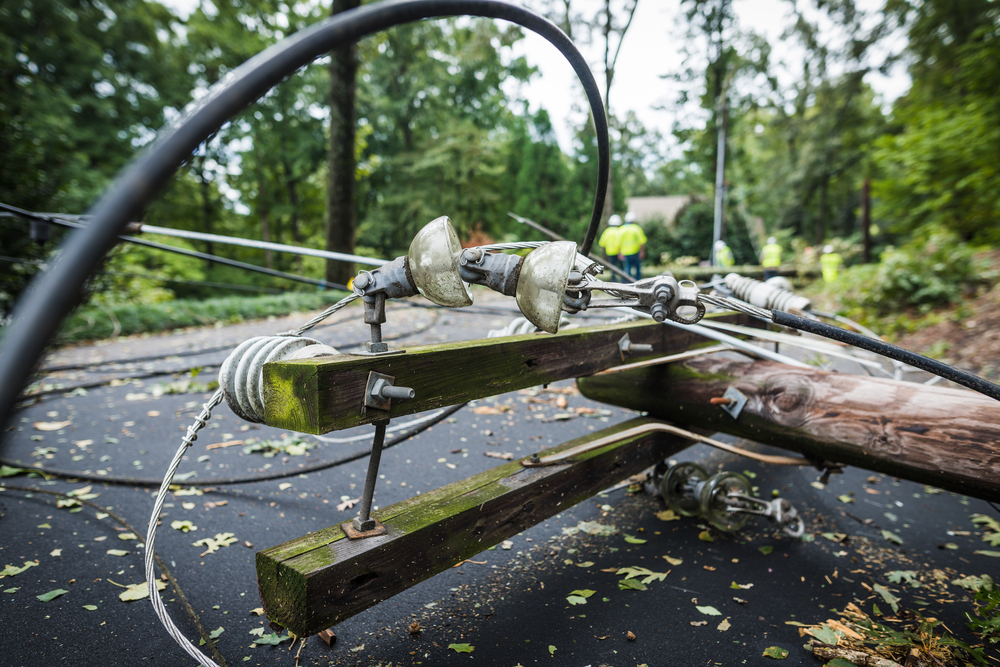
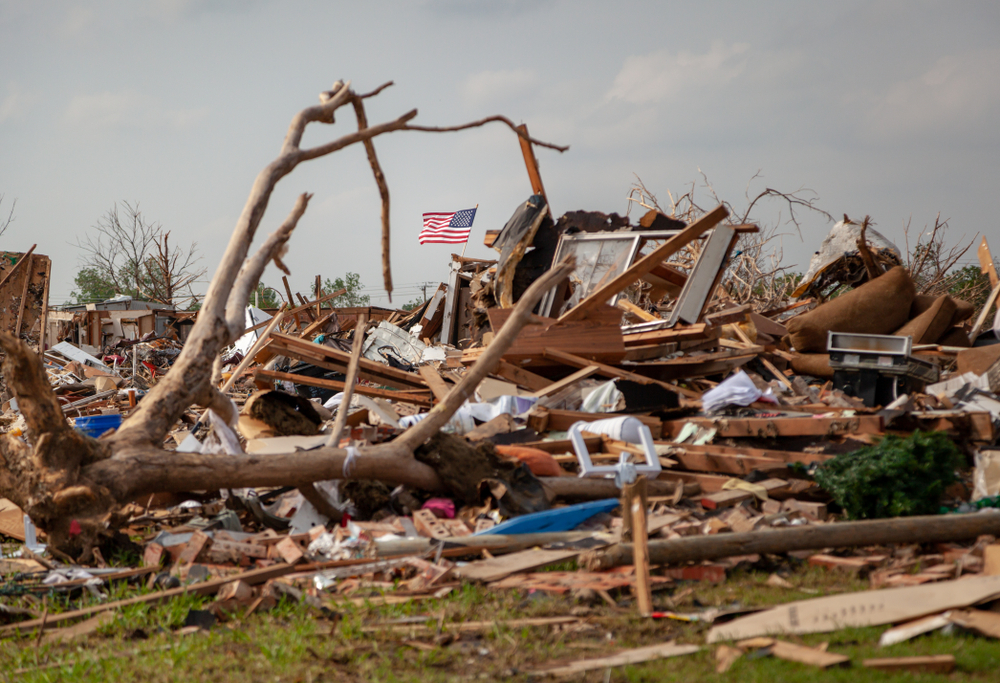


Erik Alfred Knight | February 23, 2021
|
A real pandemic, like Ebola has never hit America. Should we not prepare for such an occasion?
We have not had an EMP event, man made or natural, since 1859. Should we dismiss the possibility.
We have never had a locust plague like Africa or the Middle East. Should we not have resources set aside in case?
There must be a backup to everything. If you are not going to winterize you wind turbines then you have extra capacity with coal, gas or nuclear. I worked at the nuc plant at Glenn Rose. I like nuclear
DannySea | February 23, 2021
|
My family lives in SWFL. We have lived through so many weather-related caused crisis (eg hurricanes) and then add the skittish political and financial pressures that started with the ’92 Hurricane Season (Hurricane Andrew). And it was not really till the 2YK scare did I sit up to take notice that I had to prepare. Though my family preps were simple, this started me on my way. As my collecting and storage of foods became greater, my life became more disorganized. And now 20-some years later, I have had to address many issues. Foods became contaminated, had to set up protocols to consume products before they actually became inedible. My at-home family was down-sizing as our children moved out, our diets changed. Having health issue-related requirements, the ready/prep foods were made with GMO, which have health issues all in their own, foods containing Glyphosate, and the list goes on and on. Had even purchased some foods stored in #10 cans. It did not help that time rolled on and my food preps became less desirable. I also described to letters like this. Read, made both hard copies and on my computer, after editing. And numerous other non-food categories. All that being said, I look at it like car insurance: You hope you never need it, but that does not mean you do not buy it. You just hope the policy expires and the money is “wasted.”
If I lived in N Florida, I would have a wood stove. You just never know if and when it will save the day. So prep and hope you will be able to have the luxury not to use your preps.
Thomas Sanders | February 23, 2021
|
Bill, this is the first article I’ve seen so far that provides a concise, non-agenda driven explanation of the events that caused the Texas power grid problems last week. I’m thinking it’s a fresh breeze blowing across the top of a cesspool of opinionated, so-called journalistic blather that’s attempting to spin the recent Texas grid issues into a positive element for the misguided writer’s favored energy source.
Tom